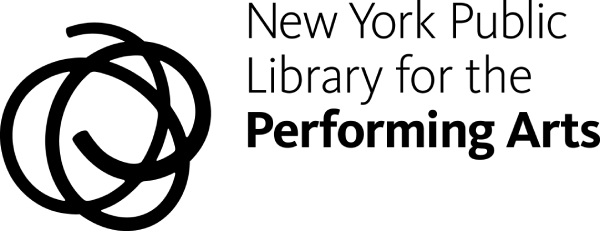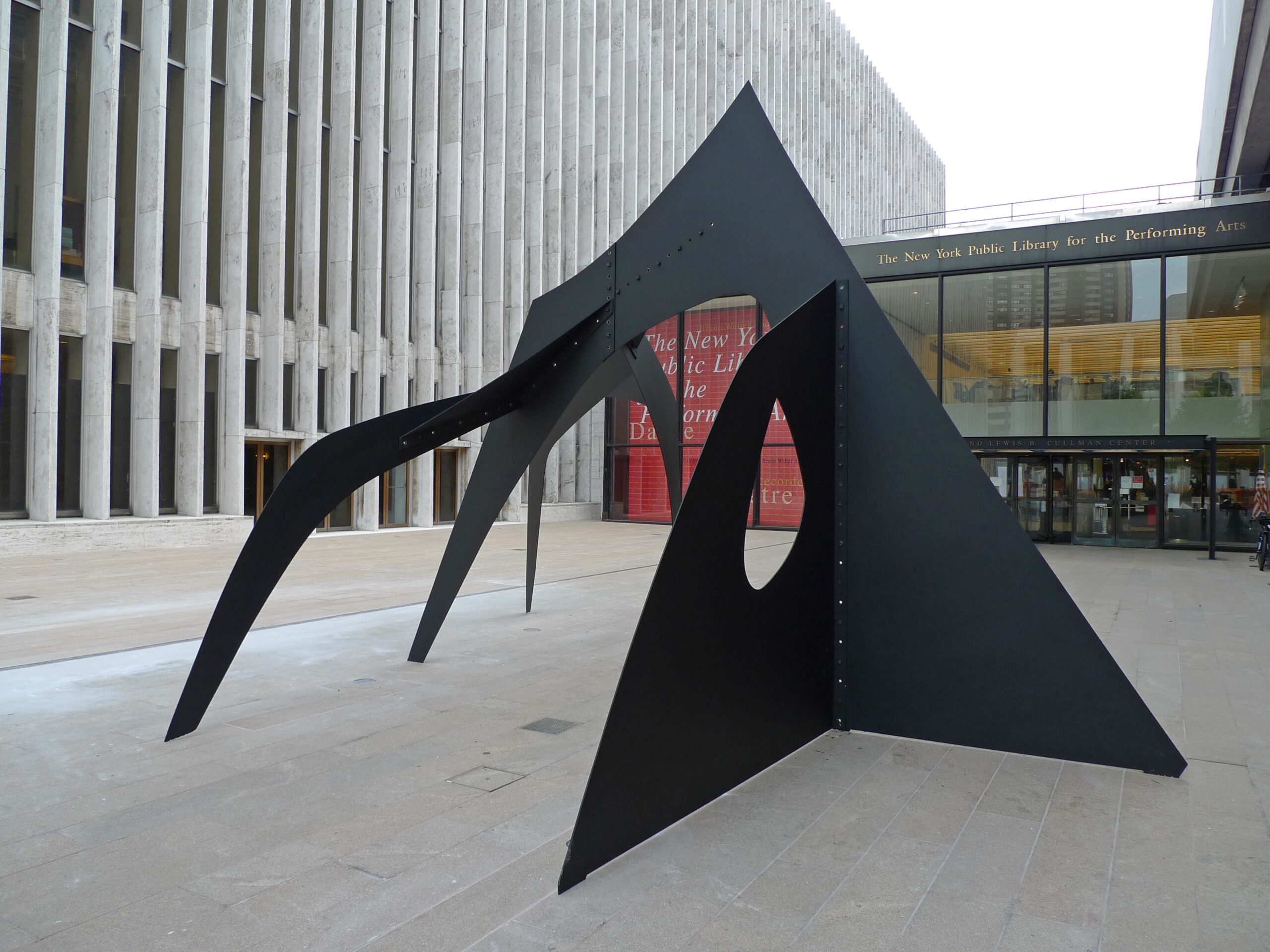Current Chairman of the Faculty Kay Mazzo is herself an SAB graduate, enrolling at the age of 12 in the School’s summer program and later as a full-time student in the advanced division. After 20 years with New York City Ballet (including 13 as a principal dancer), she began to teach at the School in 1981, joining the permanent faculty in 1983. Appointed Chairman in 2018, Mazzo is one of many committed, distinguished female leaders within the history of SAB’s faculty.
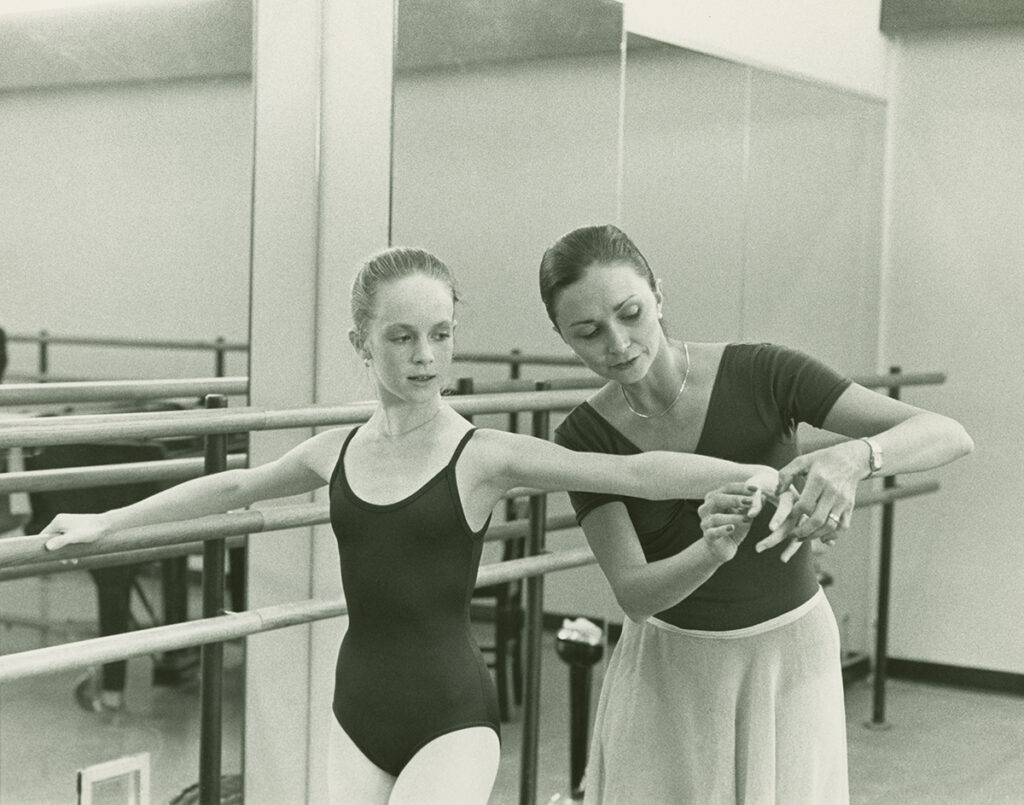
Kay Mazzo working with a School of American Ballet student, early 1980s
Photo by Carolyn George
From the late 1940s to 1980, Felia Doubrovska, trained at the Imperial Ballet School in St. Petersburg and member of the Ballets Russes, taught advanced women’s classes at the School. “Madame” to her students, Doubrovska epitomized a modern ballerina with her elegant romanticism and cool, penetrating authority. Alexandra Danilova, also a graduate of the Imperial School (and classmate there of Balanchine), likewise presided over decades of female students’ training; in 1965, she organized the first Spring Workshop performance, introducing what has since become a centerpiece of the School’s annual curriculum.
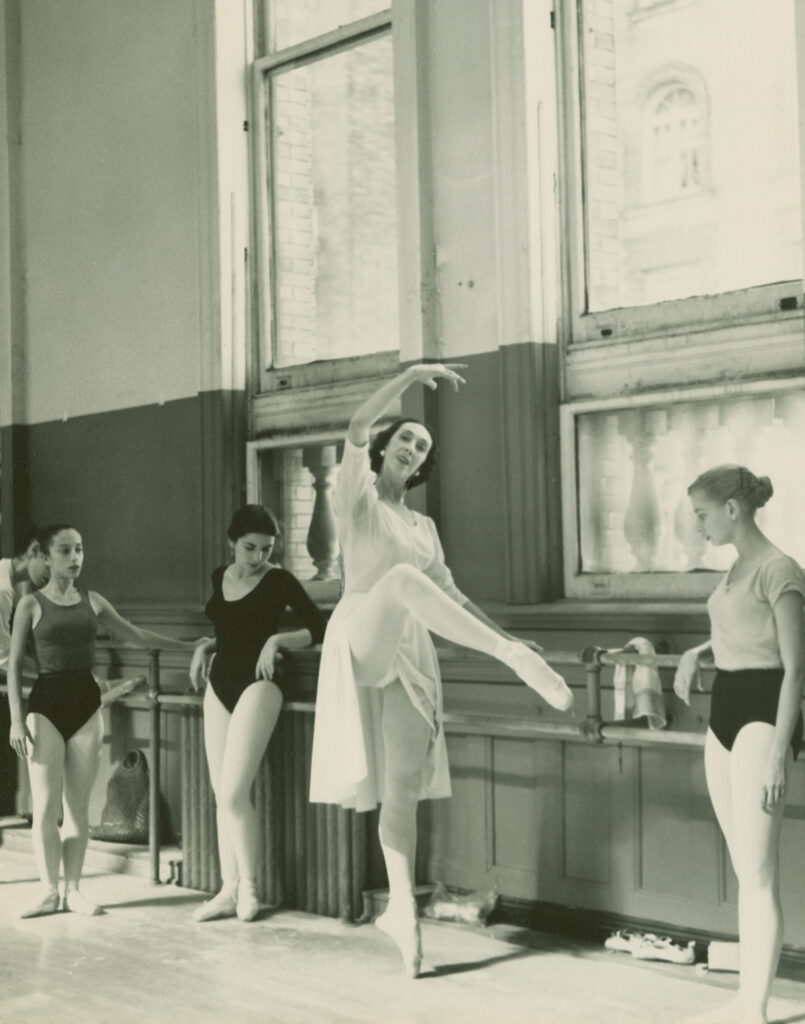
Felia Doubrovska demonstrating for
School of American Ballet students, 1958
Photo by Martha Swope / © The New York Public Library
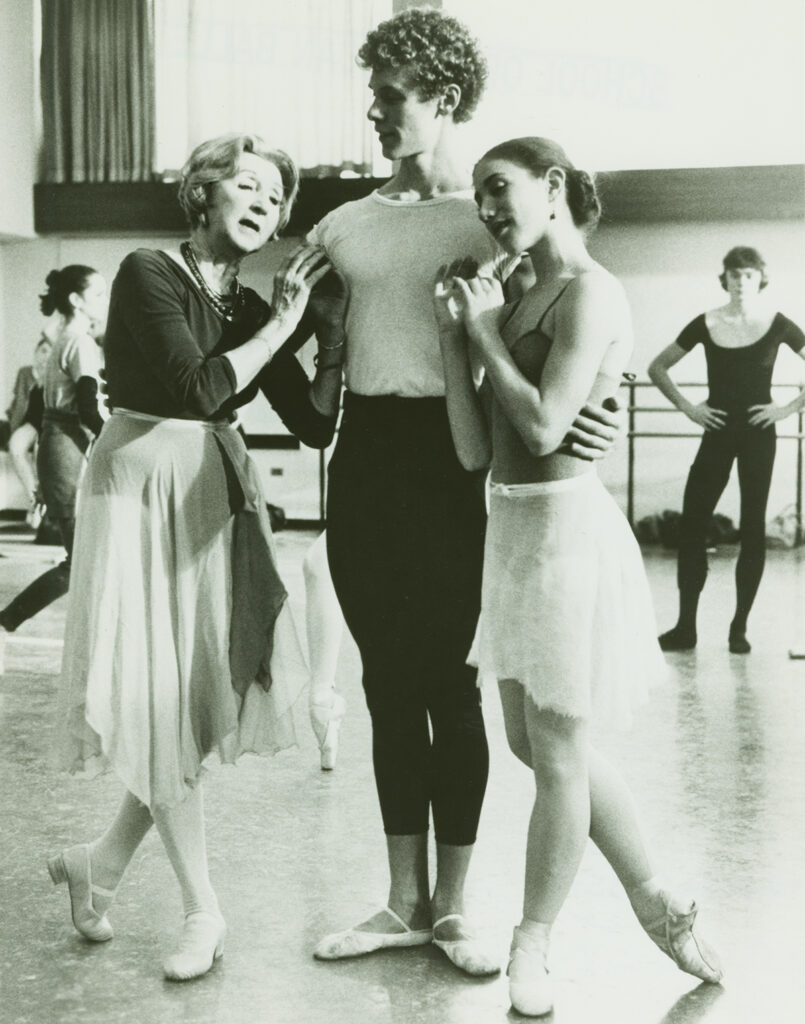
Alexandra Danilova with School of American Ballet
students in rehearsal for Spring Workshop
performance of Chopiniana, 1982
Photo by Paul Kolnik
“I teach. They grow. They go away.”
Antonina Tumkovsky, known affectionately as “Tumey,” joined the SAB faculty in 1949 after a career as a soloist with the Kiev Ballet, teaching for the following 54 years an exceptionally wide range of the School’s core class offerings for dancers aged eight to advanced. Caring, perceptive, and willing to challenge the fledgling talents of new and experienced students alike, Tumey was often responsible for evaluating and placing hopeful SAB applicants at the School’s annual auditions.
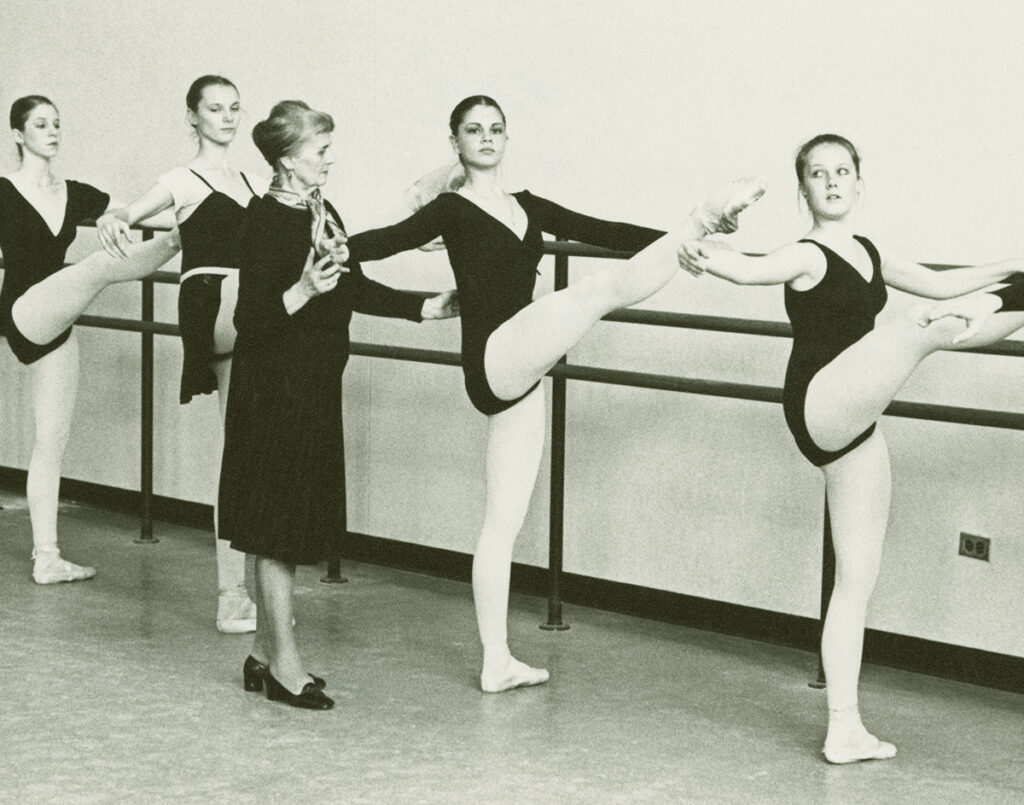
Antonina Tumkovsky coaching School of American Ballet students, early 1980s
Photo by Carolyn George
More recent graduates will likely recall the warm tutelage of Suki Schorer, who joined New York City Ballet in 1959 and became principal in 1968. George Balanchine invited Schorer to start teaching at the School only a few years after she started with NYCB, and she was appointed to the permanent faculty in 1972. An expert in teaching Balanchine technique and repertory, Schorer has set Balanchine works for SAB’s Spring Workshop performances since 1973.
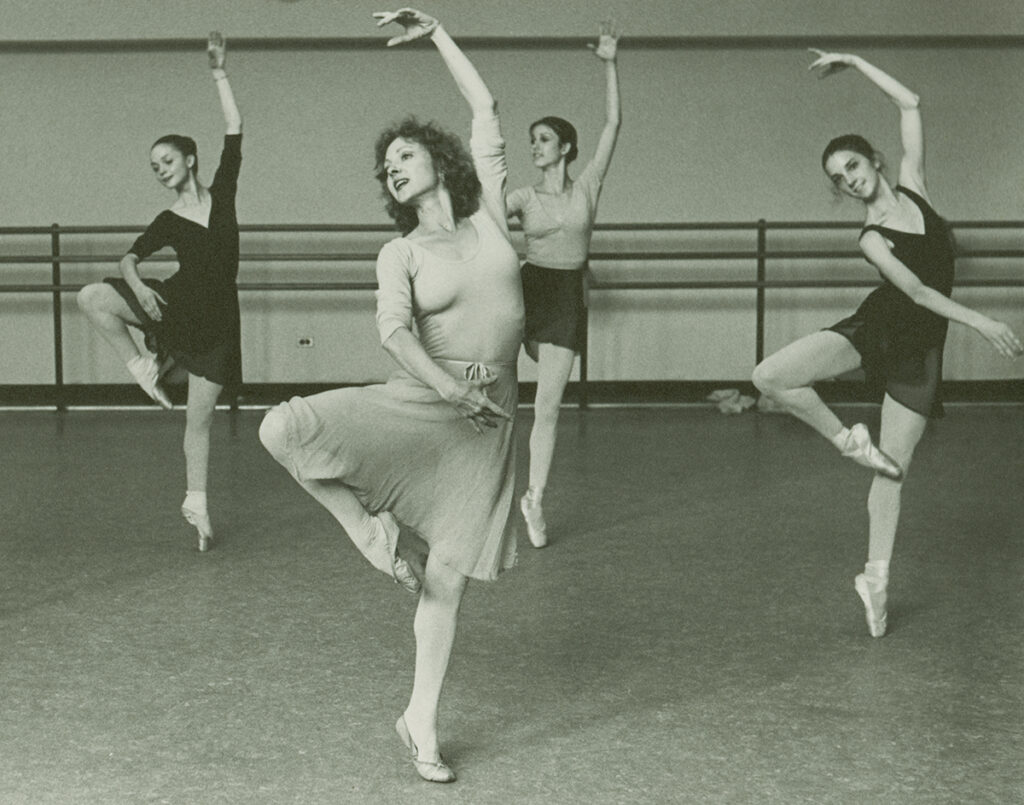
Suki Schorer with School of American Ballet students, early 1980s
Photo by Carolyn George
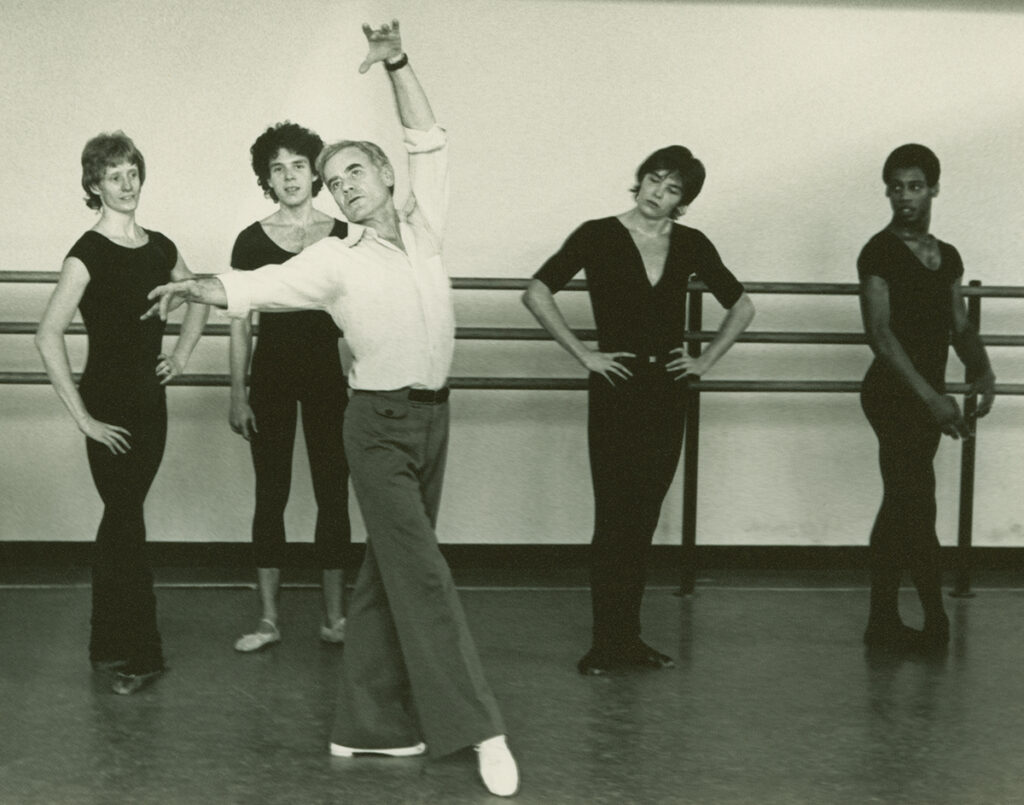
Stanley Williams demonstrating for School of American Ballet students, early 1980s
Photo by Carolyn George
One of the most beloved instructors in SAB’s history, Stanley Williams first began teaching at the School in the early 1960s, joining the permanent faculty in 1964. A former member of the Royal Danish Ballet, Williams trained as a student in the Bournonville method, named after nineteenth-century Danish ballet master and choreographer August Bournonville. Bournonville technique emphasizes ease and natural grace over virtuosic display, and stresses both the importance of male dancing and rapid, accurate footwork. Following in that tradition, Williams’ teaching focused on precision, clarity of movement, and integrity in steps, and he was renowned for mentoring male dancers.
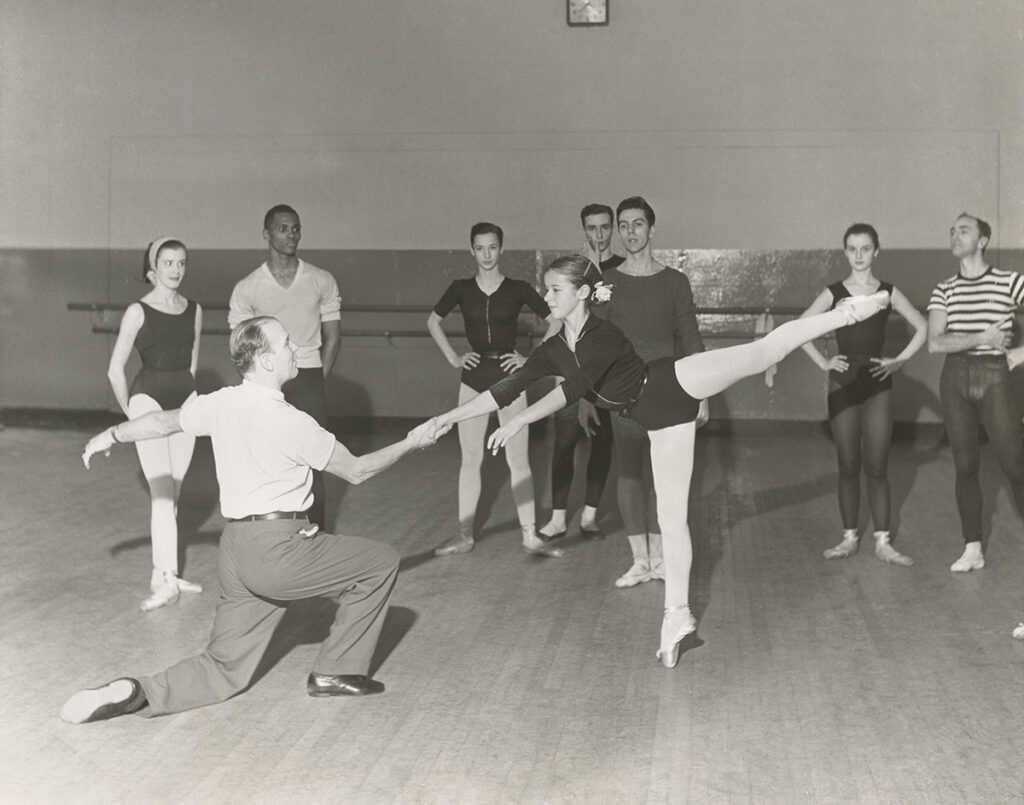
Pierre Vladimiroff with School of American Ballet students
(Arthur Mitchell, second from left), early 1950s
Photo © Fred Melton
Russian dancer and former member of the Ballets Russes Pierre Vladimiroff preceded Williams at the School in the role of men’s class specialist, teaching partnering and repertory – famously by example – to more than thirty years of SAB’s leading students, including Arthur Mitchell.
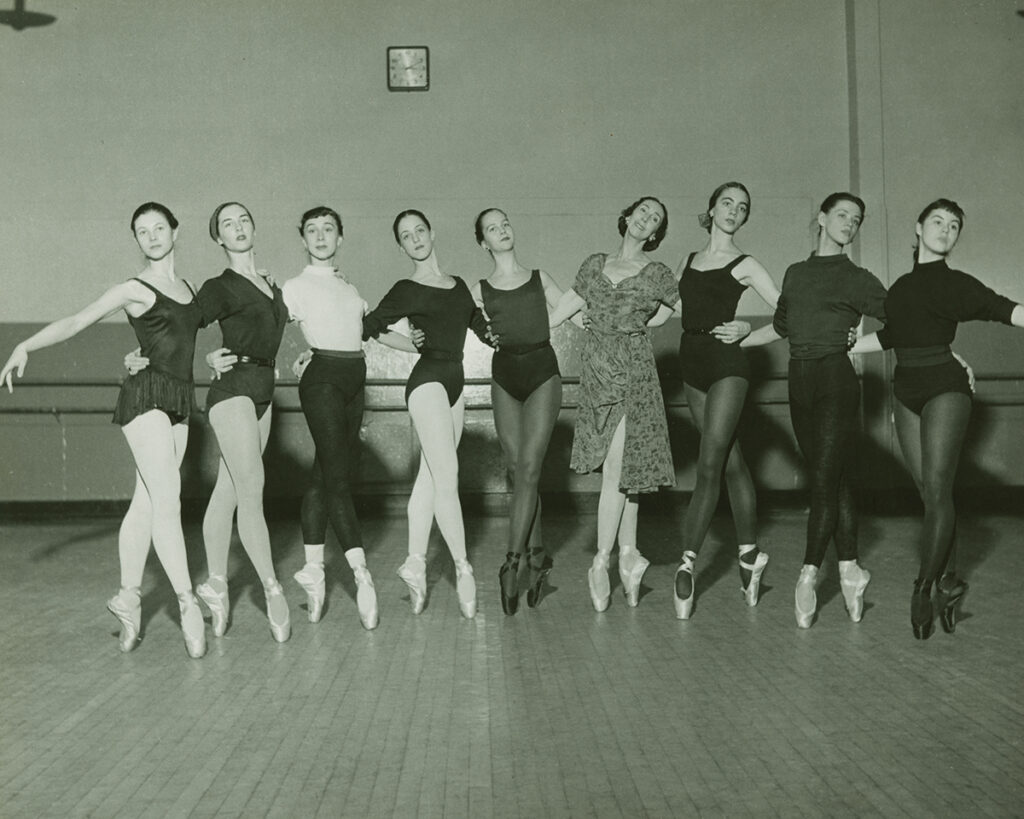
Felia Doubrovska with members of a professional class at the School of American Ballet
(Ruth Sobotka, third from left, and Melissa Hayden, second from right), c. 1949
Photo © Fred Melton
One measure of the quality of a faculty is the success of its students, and intertwined with the legacy of SAB’s distinguished teaching staff is a parallel history of the remarkable students who have filled its studios throughout the years. The School’s close association with New York City Ballet has meant that SAB’s halls have been frequently graced by students and Company members alike. In the late 1940s, professional classes were held at the School with faculty like Felia Doubrovska, whose 1949 class included NYCB founding members Ruth Sobotka and Melissa Hayden. Other well-known young students in SAB’s early history included Tanaquil Le Clercq, one of the School’s earliest scholarship recipients, and SAB faculty and later Dean of Students Diana Adams.
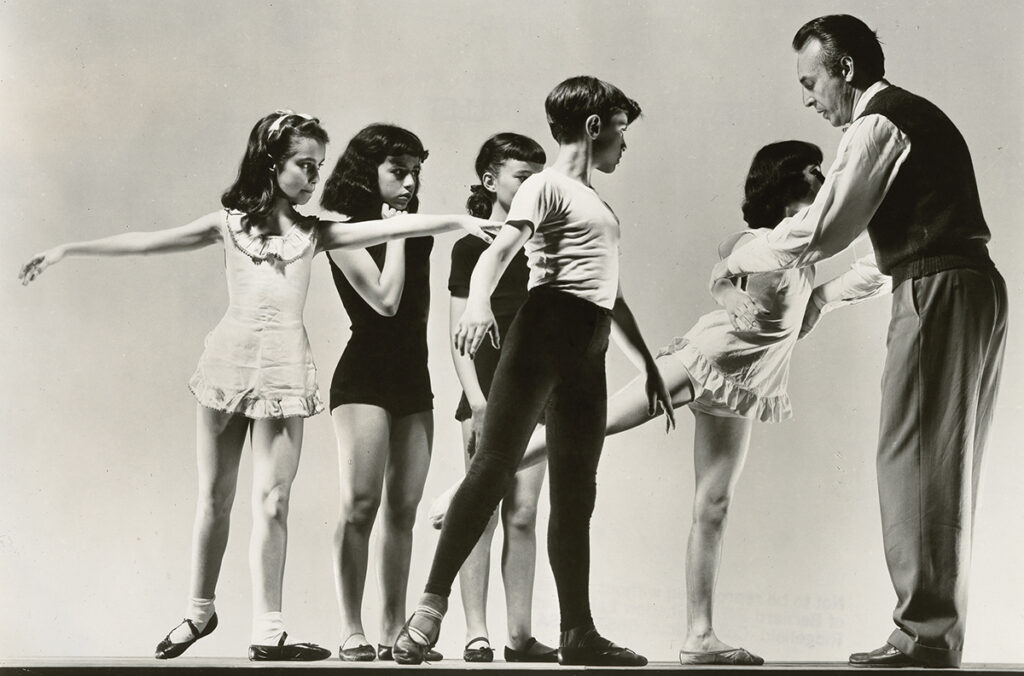
George Balanchine with School of American Ballet children’s class
(Edward Villella, front) c. 1946-48
Photo © George Platt Lynes
The longest shadow of influence at the School – and perhaps on American ballet – belongs, of course, to George Balanchine. Co-founder of both SAB and New York City Ballet, Balanchine understood the advantages of a formal program of ballet training, having enrolled as a student himself at the Imperial Ballet School in St. Petersburg at the age of nine. In the early 1930s, the young American philanthropist Lincoln Kirstein began efforts to persuade Balanchine to immigrate to the United States to found a national ballet company, and Balanchine’s famed response, “but first a school,” testifies to his profound awareness of the link between the success of a professional company and shaping the talents of young dancers. Balanchine taught classes at the School as a member of the faculty until the 1950s; here, he coaches members of a children’s class in the late 1940s, including Edward Villella, and rehearses a young Judith Fugate for a performance of The Nutcracker in 1966.
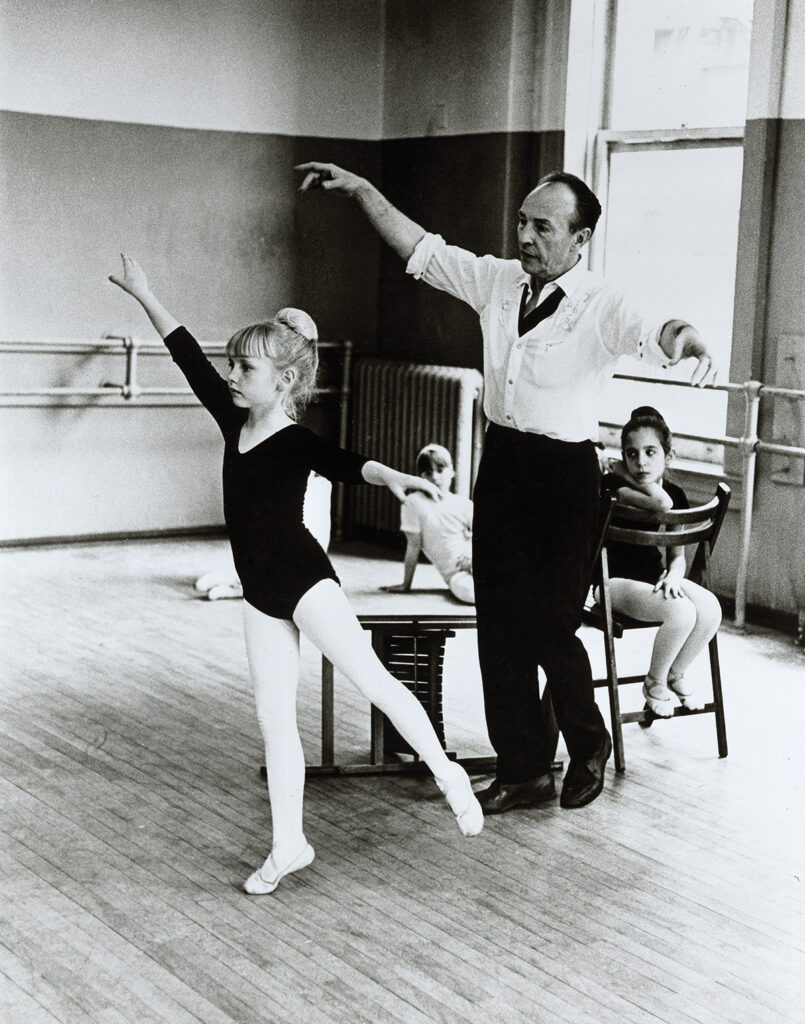
George Balanchine coaching School of American Ballet students
(Judith Fugate, front), c. 1966
Photo by Martha Swope / © The New York Public Library
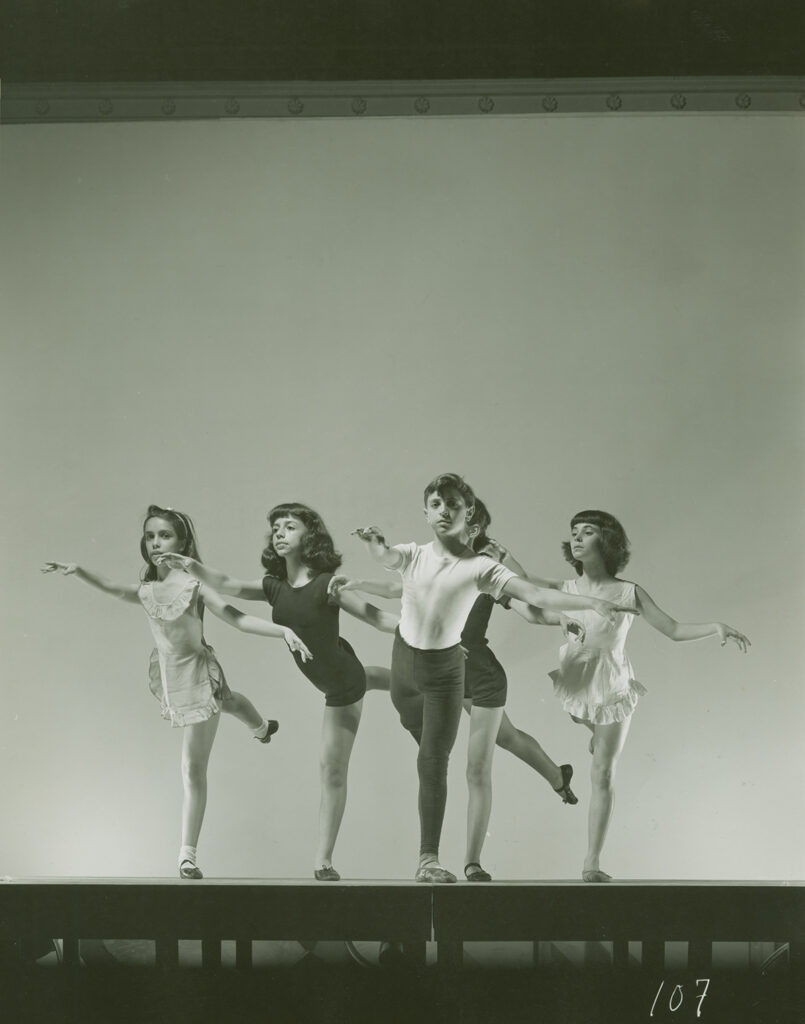
Members of School of American Ballet children’s class
(Edward Villella, front), c. 1946-48
Photo © George Platt Lynes

